Paris—just the name conjures up images of the Eiffel Tower piercing the sky, the Champs Elysees leading to the Arc de Triomphe, and the Louvre glittering in all its majesty. The incredible accessibility of these images reinforces the idea that Paris is easily one of the world’s most recognizable cities. Its visibility is no more inherent than in the realm of movies. Ever since the first movie was produced, by a pair of French brothers none the less, Paris has had a leading role. From classics like 1957’s Funny Face starring Audrey Hepburn, to quirky classics like the original Pink Panther, Paris always seems to steal the spotlight. This is true now more than ever as countless films, some of which are wildly successful, take place in Paris. Below find a list of 10 spots in Paris that you’ll recognize from the movies. Visit some, or all, of them on your trip to Paris and get swept away by the magic of the movies.
Pont de Bir-Hakeim (Bir-Hakeim Bridge): *Inception* (2010)
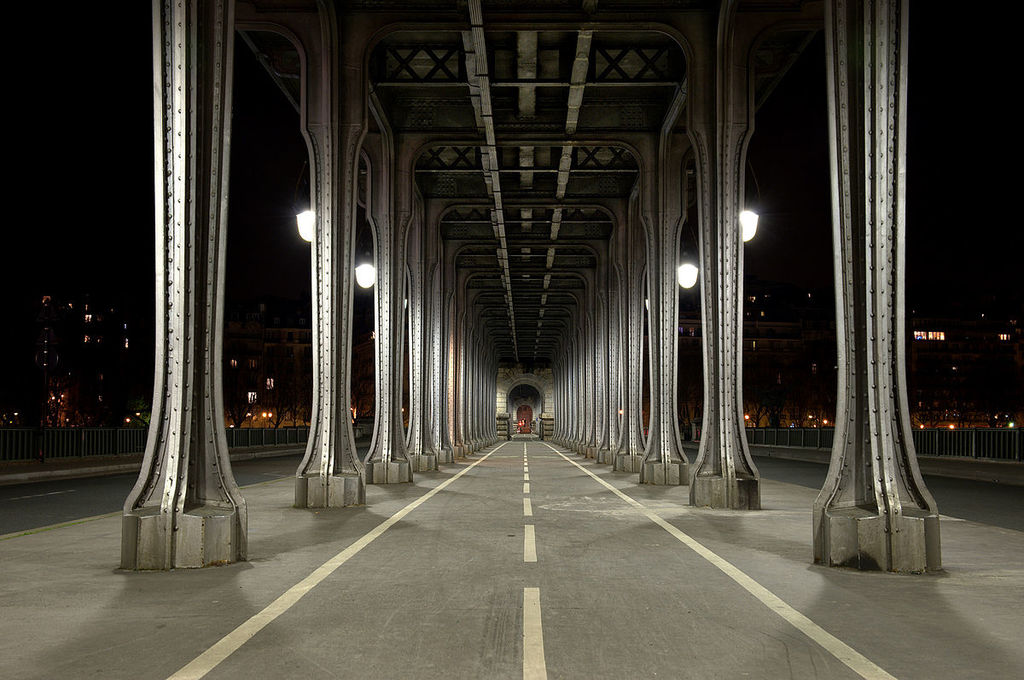
This two-tiered bridge is located in Paris’ 15th district and crosses the Seine River. It also has a commanding view of the Eiffel Tower. It played an important role in Christopher Nolan’s Inception. Two of the film’s stars, Leonardo DiCaprio and Ellen Page, cross the bridge as DiCaprio’s character explains how to construct dreams. Page utilizes mirrors to create the impression of a never-ending bridge before shattering the glass. While you won’t experience any visual illusions during your visit, it’s certainly a beautiful and fascinating stop on any Parisian trip.
Cathédrale de Notre Dame (Notre Dame Cathedral): *The Hunchback of Notre Dame* (1996)
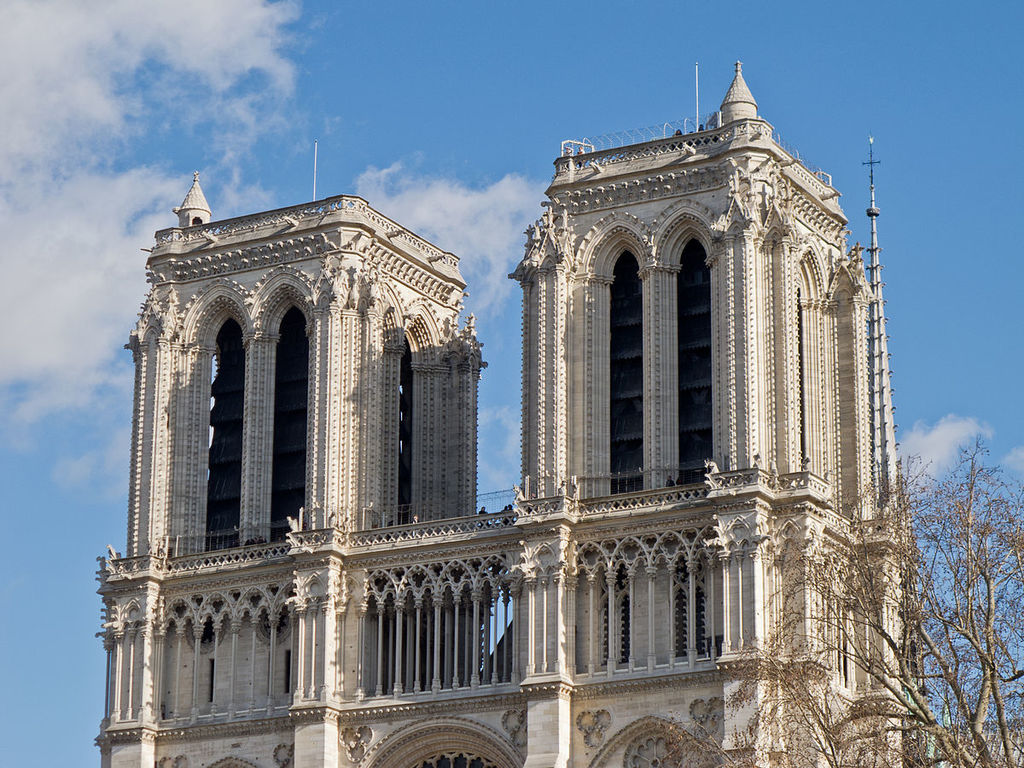
Notre Dame Cathedral, located on Ile de la cite (City Island), one of Paris’ natural islands in the middle of the Seine River, which dates back to the 12th century is one of Paris’ most visited landmarks. Its beauty, immense size, and intricate details certainly contribute to its popularity among visitors, but for younger visitors and Disneyphiles, it is recognizable thanks to the animated classic The Hunchback of Notre Dame. In the film, set in 15th century Paris, the Notre Dame is the center of city activities and commerce. It is also home to the mysterious bell-ringer, Quasimodo. If you visit, you’ll be sure to hear the bells hourly.
Café des Deux Moulins (Café of the Two Windmills): *Amélie* (2001)
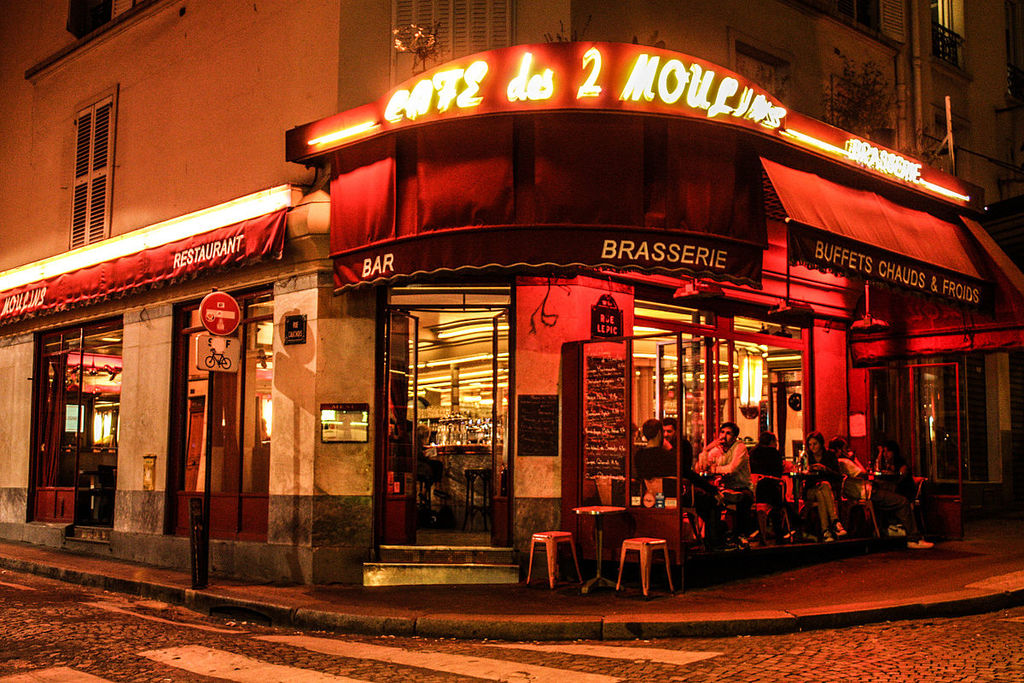
From the outside this café, located in one of Paris’ northern districts, the 18th, resembles any other commonplace café in Paris. The neon sign announcing the café’s name shine brightly, red awnings protect the outside tables from the rain, and chalkboards announce the daily specials. If you weren’t looking for it, you could easily miss it. However, those who are familiar with the 2001 film Amélie will easily remember it as the café where the main character worked as a waitress. The café’s interior has changed since the film’s release, but visitors are more than welcome to have a drink or a meal at this charming spot.
You might be interested in these Airbnbs!
Shakespeare and Company Bookstore: *Before Sunset* (2004)
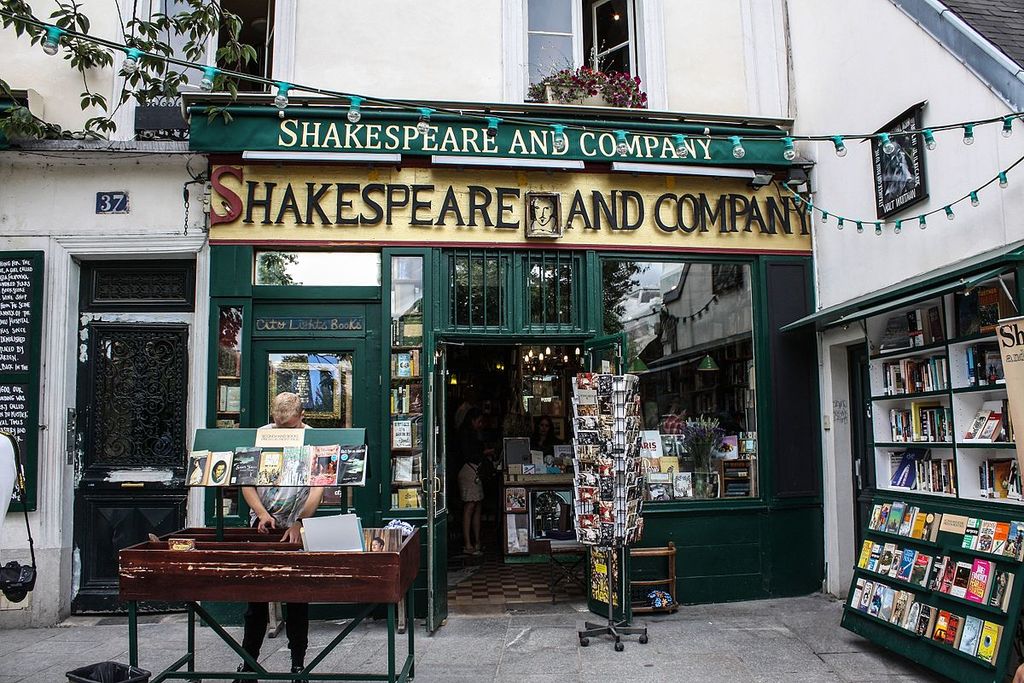
This Anglophone bookstore is a Parisian landmark that traces its history to the beginning of the 20th century. Located just across the river from Notre Dame, its location couldn’t be more scenic. Not only is it a haven for English-speakers in Paris, but it also serves as an important meeting point for aspiring writers to gather and exchange ideas. It is featured in the 2004 film Before Sunset when Ethan Hawke’s character hosts a book signing in the store. If you’re looking for a book to read or are just curious to explore this piece of history, don’t pass up this location.
La Tour d’Argent Restaurant (The Silver Tower Restaurant): *Ratatouille* (2007)
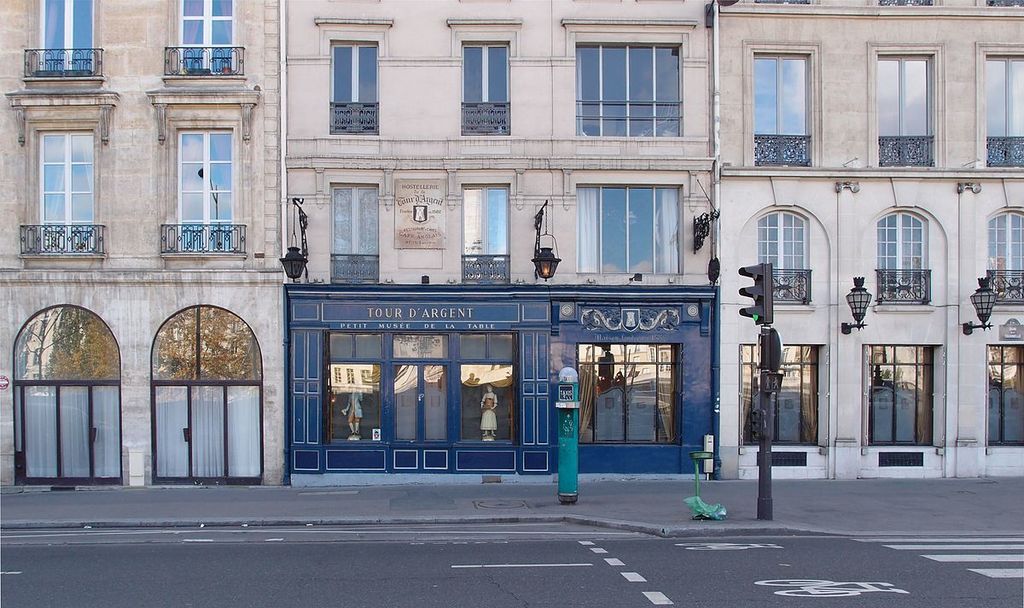
Located in Paris’ 5th district overlooking the Seine River and Notre Dame, this restaurant is the apex of French gastronomic tradition. Some reports trace its history to the late 16th century, while more modest estimates place its inauguration in 1860. Regardless of the debate, no one doubts the importance of this restaurant in the Paris restaurant scene, especially after it was used as the inspiration for Chez Gusteau, the restaurant where Ratatouille aspires to work as a chef. Even if you can’t afford to eat in the restaurant, be sure to stop by and take a photo.
Pont Alexandre III (Alexandre III Bridge): *Midnight in Paris* (2011)

Spanning the Seine River between the Champs-Élysées and National Monuments of the Invalides, Pont Alexandre III is easily one of the most beautiful bridges in Paris. With shimmering gold leafing, antique lamps, and detailed statues, this bridge is known for inspiring romance. That was certainly the case in Woody Allen’s film when Owen Wilson’s character realizes he’s found his soulmate in French actress Léa Seydoux while walking on the bridge in the rain. Whether you visit during the day or at night, this bridge just might have you dreaming of that special someone.
Église Saint-Sulpice (Saint-Sulpice Church): *The Da Vinci Code*
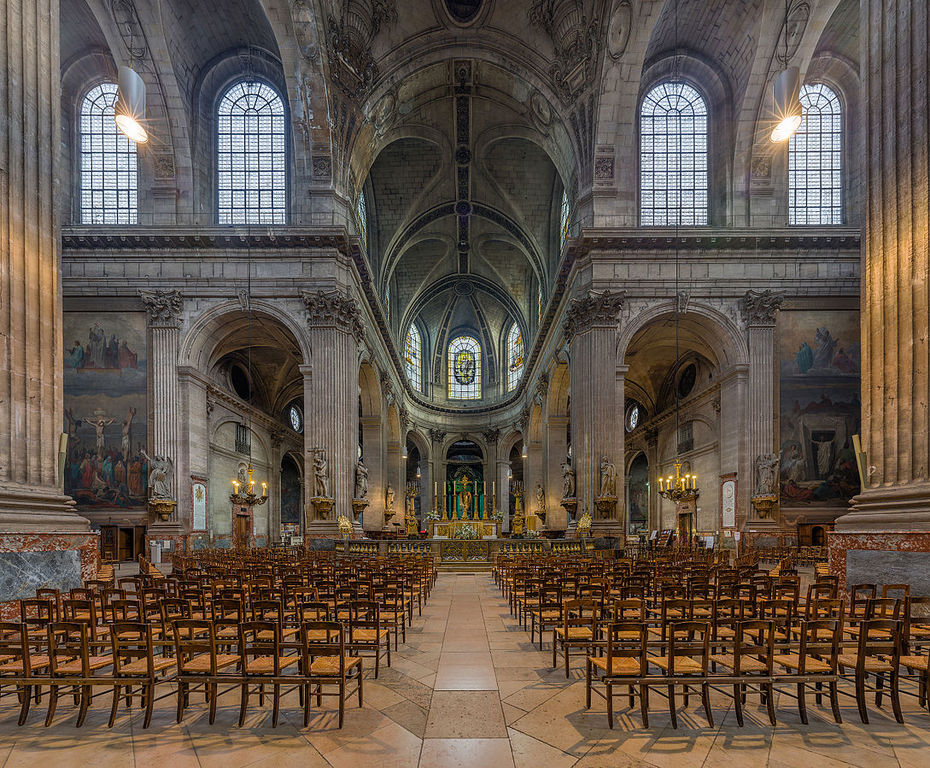
Located in the chic 6th district, this Church is one of Paris’ most unique, despite being little-known. It is the city’s second largest church after Notre Dame and houses one of the world’s largest organs. Saint Sulpice earned some fame after it was featured in the movie adaptation of The Da Vinci Code. According to the story, it is one of the holiest churches in Paris and it is divided by a fictional meridian called the Rose Line, which was used as a universal measure of time. If you’ve seen the movie or read the book, you’re sure to find many elements from both during your visit.
Place de la Concorde: *The Devil Wears Prada* (2006)

This square in Paris’ glamorous 8th district is the largest in the capital. Its surroundings couldn’t be more beautiful. To the west, find the Champs-Élysées, to the east the Jardin des Tuileries (Tuileries Garden). It is recognizable by the towering Egyptian Obelisk in the center, as well as the two massive fountains that are among the most recognizable in the city. These fountains have been frequently referenced in popular culture, most recently in the film The Devil Wears Prada. In the film’s final scene, Anne Hathaway’s character decides to quit her oppressive job and throws her cell phone into one of the fountains. It’s probably not a good idea to toss your phone, but you can still enjoy this location nonetheless.
Musée d’Orsay (Orsay Museum): *Hugo* (2011)

Housed in a former train station, this museum was completely renovated and now hosts one of the world’s most impressive collections of Impressionist art. What’s even better is that the station’s clocks were repurposed and now serve as windows that overlook the city. You’ll have some of the best views in the city from here. From the top floor of the museum, you have a clear view of the Seine River, the Louvre Museum, and the Sacré Coeur church. Fans of director Martin Scorsese will recognize the museum from the movie Hugo as the main character lives in the building and enjoys an incredible view of Paris through the clock face. You too will be amazed by the view so be sure to make time for a visit.
Le Moulin Rouge (The Red Windmill): *Moulin Rouge!* (2001)
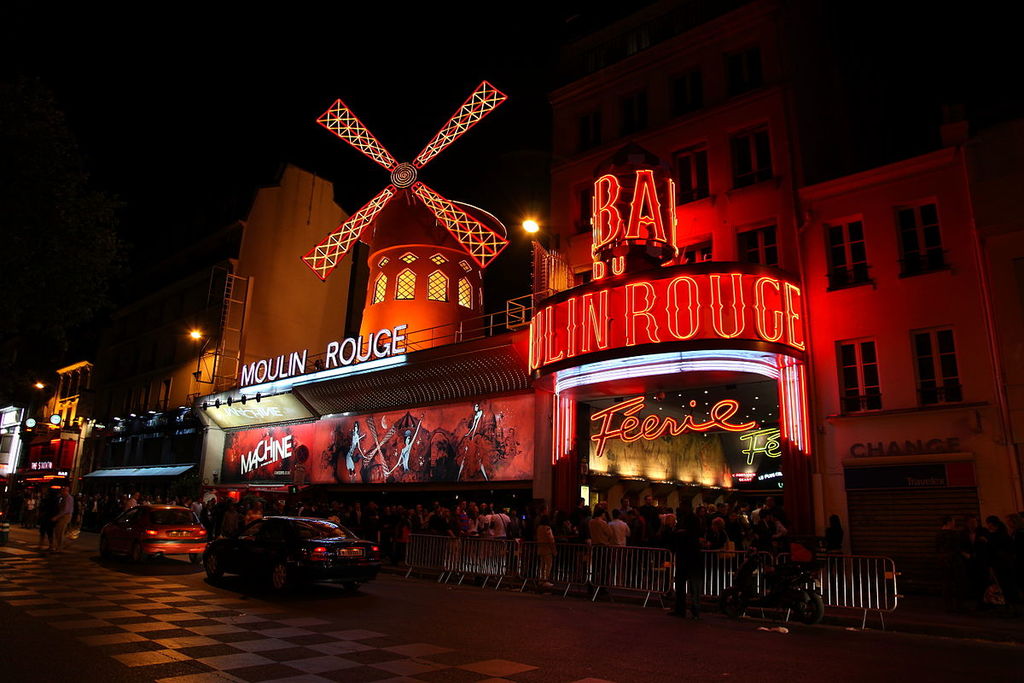
Originally constructed during the Belle Epoque (The Beautiful Era) at the beginning of the 20th century, this cabaret featured larger-than-life dance shows and is believed to be the birthplace of the can-can. It quickly gained notoriety as a spectacular spot that made the imagination run wild. The film Moulin Rouge! brought this magic to life showing the intricate dances, ornate costumes, and complex social relations that characterized the club. Today it remains one of Paris’ most recognizable buildings so stop by for a photo or treat yourself to a show.
Check out all your favorite spots
The next time you’re in Paris, why not introduce a unique theme to your explorations in the city? All of the sites listed above are easily accessible to the public and many of them have become important Paris landmarks thanks to their starring roles in these films. Visit a handful or all ten based on your interests, time, and budget.
History
Get Trip101 in your inbox
Unsubscribe in one click. See our Privacy Policy for more information on how we use your data








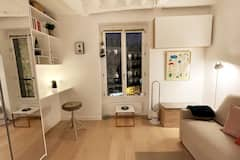
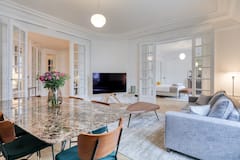













Create an account to